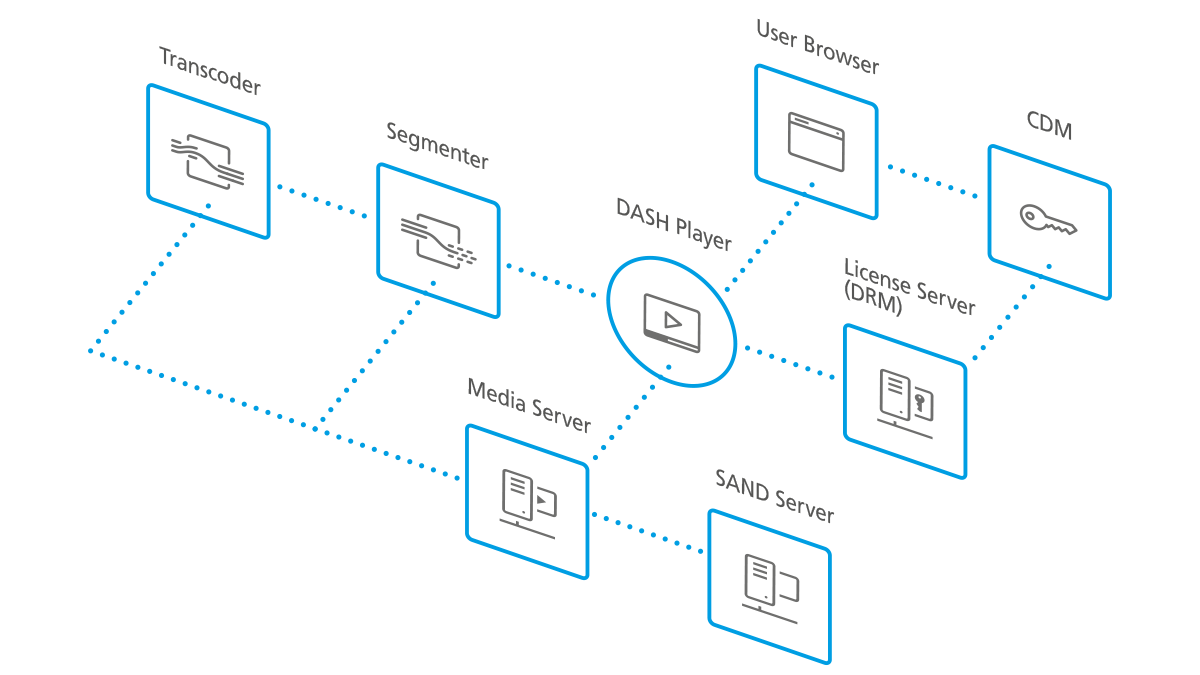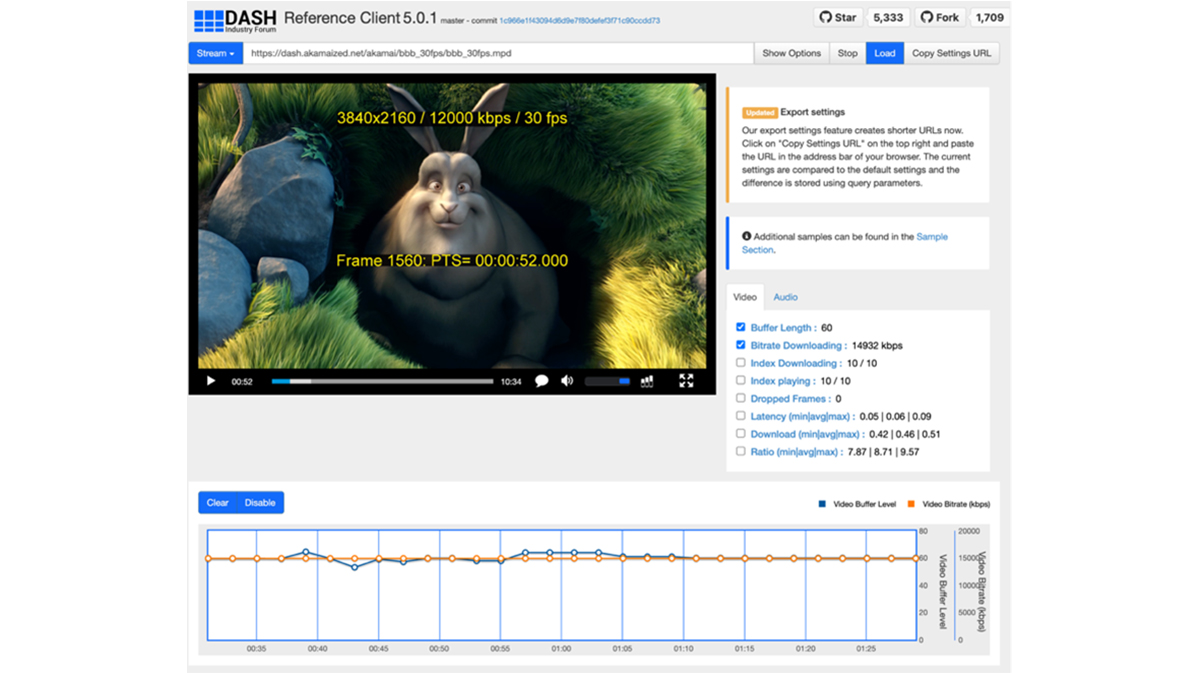What is it about?
FAMIUM DASH is an innovative solution developed by Fraunhofer FOKUS that leverages MPEG-DASH technology to deliver seamless, high-quality video streaming. Drawing from expertise in adaptive streaming methodologies, FAMIUM DASH helps organizations optimize their video services across various devices and networks. Its integration with well-known platforms highlights its efficiency and reliability.
Not only does FAMIUM provide content delivery in the highest quality available for a given network – faster start-up times for media playback can also be expected.

